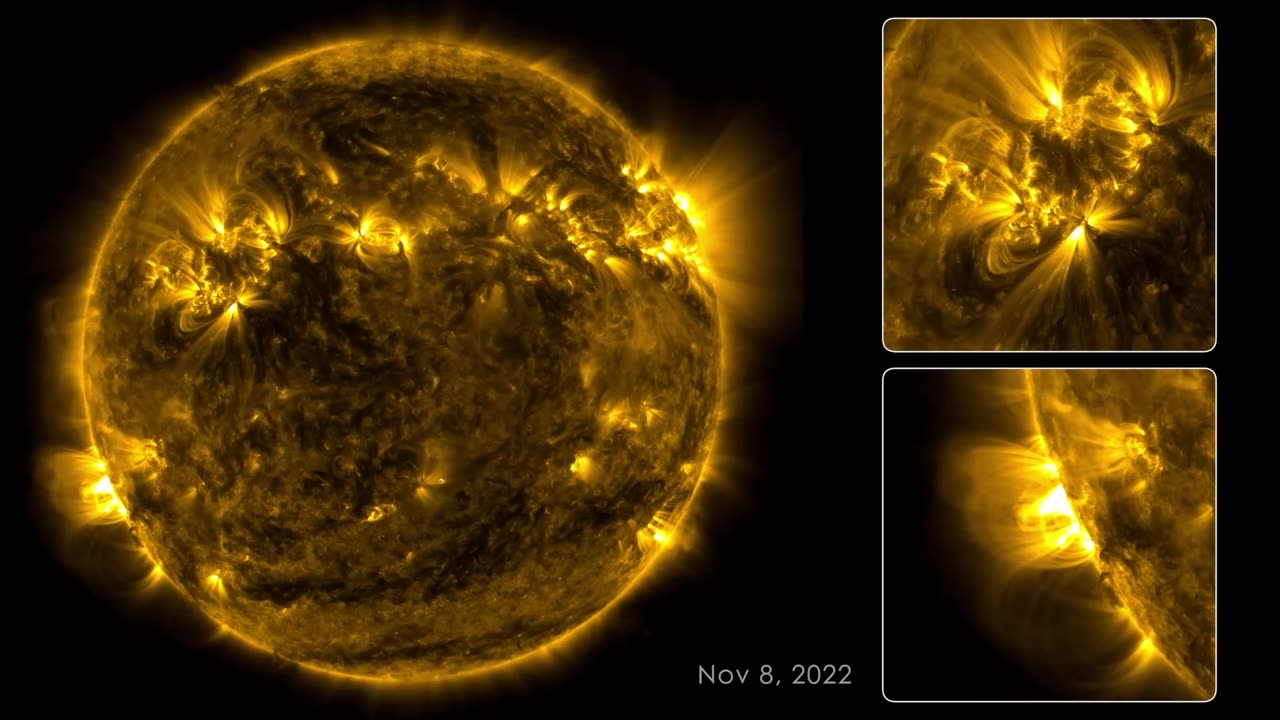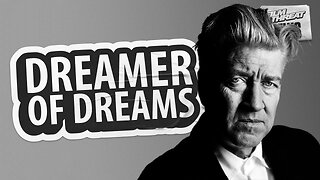Premium Only Content

133 days on the Glowing surface of "SUN" (4K)
The Sun's surface is primarily composed of hydrogen and helium, and the main gas reaction that occurs there is nuclear fusion. The dominant fusion process in the Sun is known as the "proton-proton chain," and it can be summarized as follows:
1. Proton-Proton Chain (PP Chain):
- Step 1: Two hydrogen nuclei (protons) collide and fuse to form a deuterium nucleus (one proton and one neutron), releasing a positron and a neutrino as byproducts.
- Step 2: A deuterium nucleus combines with another proton to form helium-3 (two protons and one neutron), releasing a gamma ray.
- Step 3: Two helium-3 nuclei collide, and one of them captures two protons to form helium-4 (two protons and two neutrons), while the other helium-3 nucleus is left with only one proton. This releases two protons.
Overall Reaction:
4 hydrogen nuclei (protons) -> 1 helium nucleus (helium-4) + energy
This continuous process of nuclear fusion in the Sun's core converts hydrogen into helium, releasing an enormous amount of energy in the form of light and heat. This energy is what powers the Sun and provides the heat and light that sustain life on Earth through the process of radiation from the Sun's surface.
-
 2:27:15
2:27:15
vivafrei
15 hours agoEp. 246: Eve of Trump's Inauguration! Confirmation Hearings Analysis! TikTok Goes Dark & MORE!
157K110 -
 LIVE
LIVE
Vigilant News Network
10 hours agoBill Gates’ New Bioterror Project Exposed | Media Blackout
1,385 watching -
 7:56:34
7:56:34
Barry Cunningham
1 day agoWATCH LIVE: TRUMP INAUGURATION MAKE AMERICA GREAT AGAIN VICTORY RALLY - 1 DAY TO GO!!
66.9K50 -
 8:36
8:36
China Uncensored
13 hours agoIs China’s EV Industry Collapsing?
198K123 -
 4:17:00
4:17:00
Tundra Tactical
1 day ago $28.30 earnedSHOT SHOW 2025!!!!!! Whats Are We Looking Forward To Most
262K30 -
 22:53
22:53
Film Threat
1 day agoA TRIBUTE TO VISIONARY DIRECTOR DAVID LYNCH | Film Threat News
113K9 -
 20:30
20:30
Exploring With Nug
1 day ago $7.25 earnedMissing Father of 2 FOUND Underwater In Shallow Pond!
87.1K14 -
 19:19
19:19
This Bahamian Gyal
1 day agoThe View PRAISES Michelle Obama for DITCHING TRUMP inauguration, "when they go LOW, go even LOWER"
71.1K76 -
 14:25
14:25
Degenerate Jay
1 day ago $9.03 earnedThe Flash Movie Failed Because People Hate The Character? Sure.
156K25 -
 28:30
28:30
CharLee Simons Presents Do Not Talk
6 days agoSam Anthony from YourNews.com (with host CharLee Simons)
96.4K4